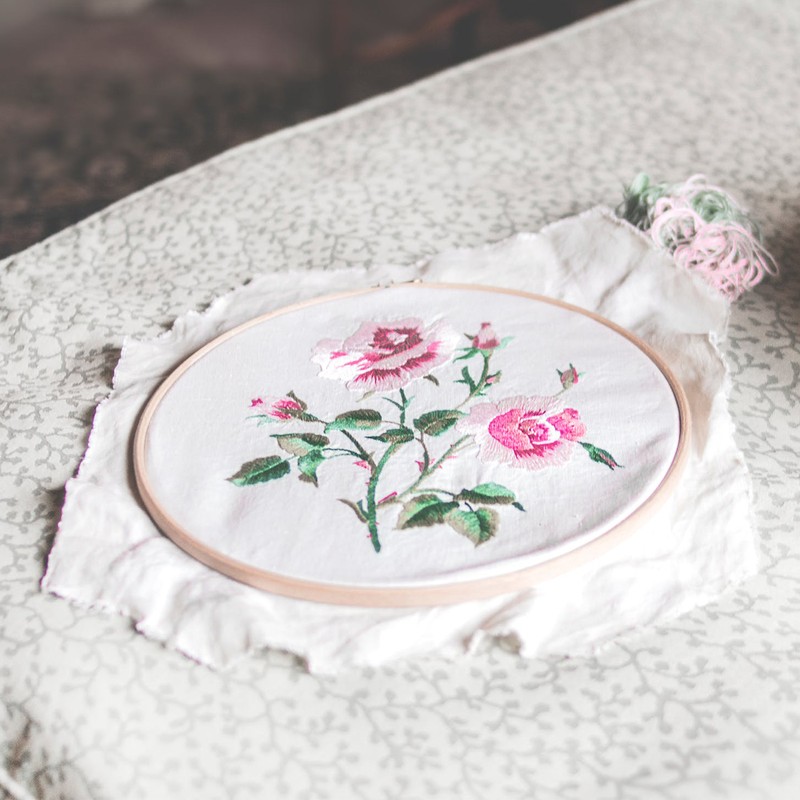The SL Guide To Starting A Hobby: Cross-Stitch
THE BASICS
If this is a hobby you’re looking to take up, experts agree it’s best to invest in a pattern book or kit offering simple designs, like the alphabet or small motifs. It’s also possible to download PDF patterns from sites like Etsy, or create your own from a printed picture with coloured pencils and graph paper. We like this DIY tutorial on how to create one yourself.
CHARTS & KEYS
A cross-stitch chart tells you where to stitch and what colour to use. The grid on the chart corresponds to the weave of the fabric, and each coloured square on the chart represents a cross-stitch. You might find there are symbols in the squares, as opposed to colours, if chart is black-and-white. “Cross-stitch charts generally consist of whole squares representing complete cross-stitches,” explains Jane Greenoff from the The Cross-Stitch Guild. “But sometimes you’ll see additional stitches added, indicating three-quarter cross-stitches (sometimes called fractional stitches), French knots and so on.” Traditionally, you begin to stitch from the middle of the chart and the middle of the fabric to ensure the design is centred when mounted and framed. “Find the middle by following the arrows, or counting the stitches left to right and top to bottom,” Jane advises. Finally, be aware of ‘the count of a fabric’ – in other words, the number of stitches – which will affect the size of a finished piece, even when worked from the same chart.
THE NECESSARY EQUIPMENT
For your first project, start with the basics, including a light-coloured Aida fabric, the floss (aka thread), a pack of needles, an embroidery hoop and a pair of scissors.
Embroidery Hoop: An embroidery hoop holds your fabric and makes it much easier to stitch.
Needles: It’s likely you’ll need blunt tapestry needles of various sizes, depending on your fabric selection. “A blunt needle is required because you should be parting the threads of the fabric rather than piercing the material,” explains Jane. The most commonly used tapestry needles for cross-stitch are sizes 24 and 26, although needles are available in sizes 20, 22, 24, 26 and 28. Adjust the needle size to match the project, and remember to get rid of old needles which might damage threads and fabric.
Scissors: Use a small, sharp pair of pointed scissors exclusively for your embroidery – some even come with magnets so you can attach them to the embroidery frame to avoid losing them. When it comes to cutting fabric, it’s preferable to use dressmaker’s shears.
Magnifiers: Sometimes, for small and detailed work, it will help protect your eyesight to invest in a small magnifier – whether it be a hand-held device or clip-on lenses.
Lighting: Finally, make sure you’re always working with adequate light – although experts warn it isn’t always about having the brightest light possible. “An old-fashioned standard lamp is probably the most suitable as the soft light drops on your work from above and you’re unlikely to burn yourself on the bulb,” says Jane. “Some stitchers have great success with head torches. The most successful type seems to be those with an adjustable beam, which can be angled onto your stitching.”
FAMILIARISE YOURSELF WITH FABRIC
Cross-stitch can be done on a number of different fabrics, but the most common are Aida and linen. Both have a tendency to fray when cut so, before you start stitching, try binding the edges to minimise this. Sew the edges with a zig-zag stitch or you can bind them with masking tape.
TIPS FROM THE PROS
Jane Greenoff from The Cross-Stitch Guild says…
“I only use gold-plated needles as I find they slip through the fabric perfectly and are essential if creating lots of French knots or bullion knots. If you are working on a floor-standing frame, you may find a double-ended needle helpful, where the eye of the needle is in the middle rather than the end. This means that the needle goes up and down rather like a shuttle in a loom.”
Emma Congdon, author of Cross-Stitch For The Soul, says…
“When it comes to fabric there are so many options, but my lasting love will always be for Aida. The pre-woven holes make stitching a breeze. I’m all about enjoyment when it comes to stitching and, as much as I appreciate the neatness of linen or Hardanger, the stress of working with it can override the enjoyment of stitching itself. It’s important not to take on too much, or work on something that you struggle with, so choose your fabric wisely.”
Cross-stich blogger Susan Fitzgerald says…
“Aim for a nice easy tension on your stitches. Don’t pull them so tight that they warp the fabric or leave them so loose that they gap. The stitches should lie flat against the fabric without pulling against it. Also, don’t make long jumps across the back of your fabric with the thread because they might show through on the front. When moving to a new area that is more than a few stitches away, you should end your thread and then begin it again in the new spot.”
Inspired? Here’s what you need to get started…
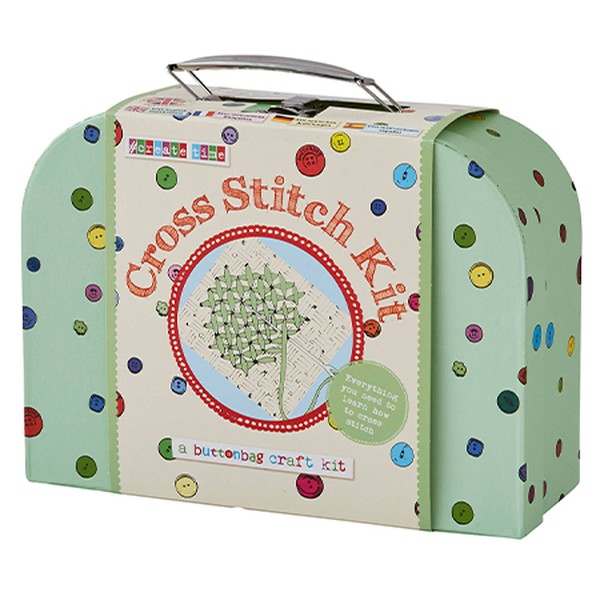
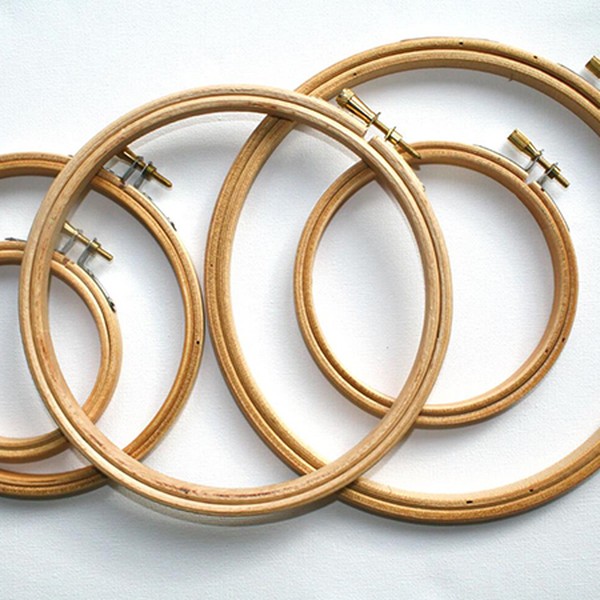
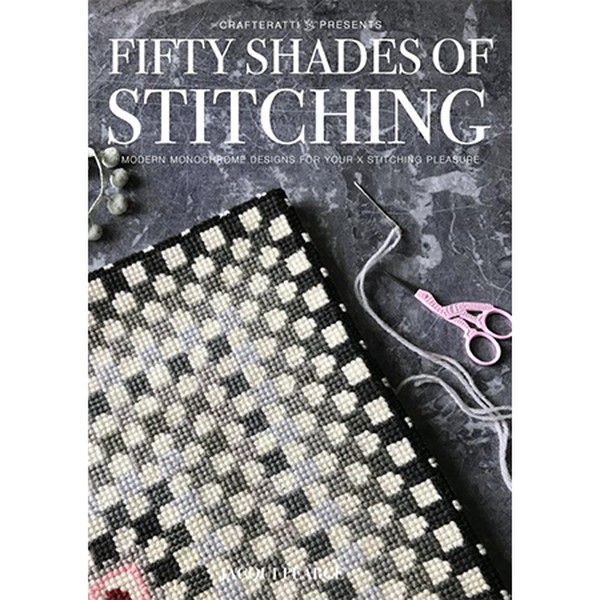

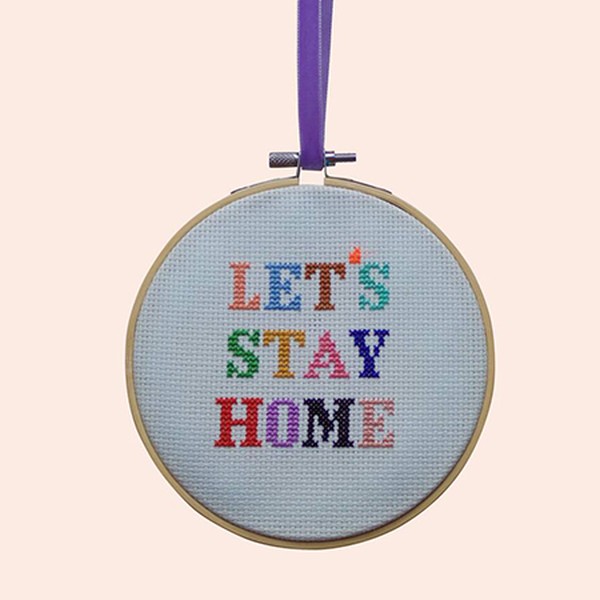

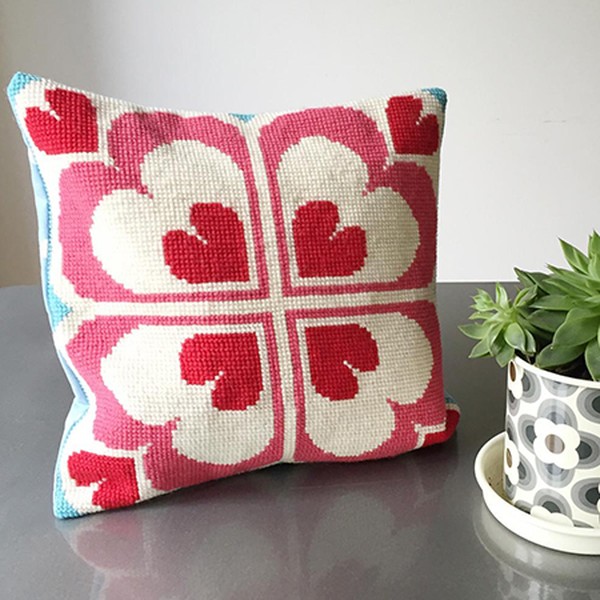
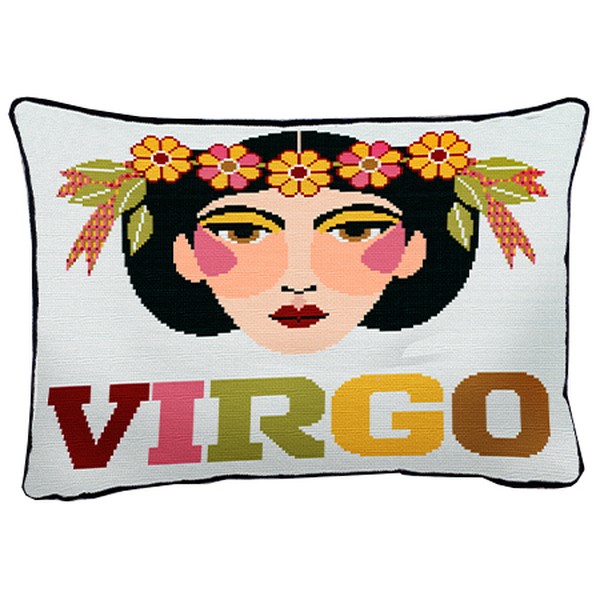
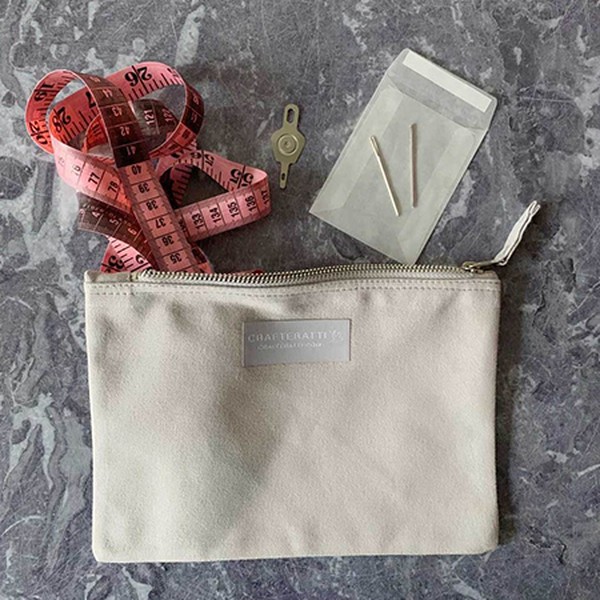
DISCLAIMER: We endeavour to always credit the correct original source of every image we use. If you think a credit may be incorrect, please contact us at info@sheerluxe.com.
